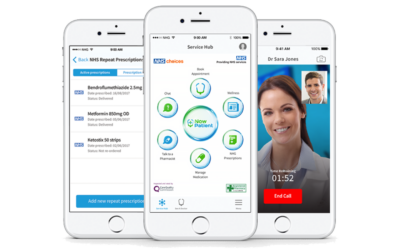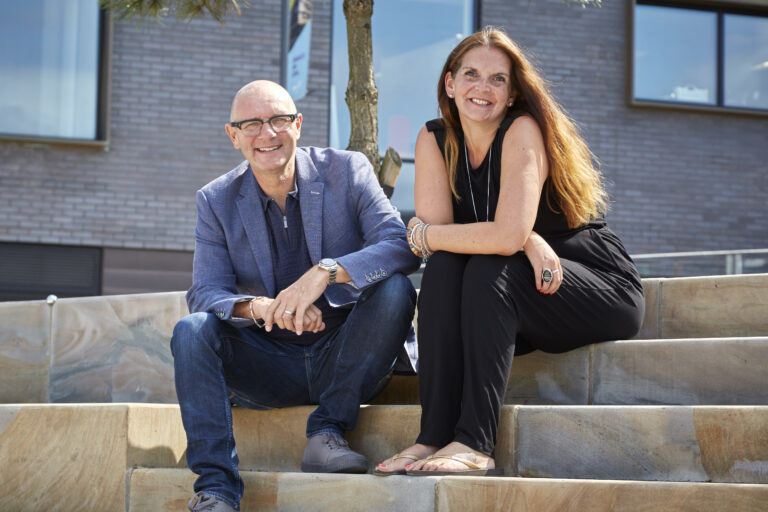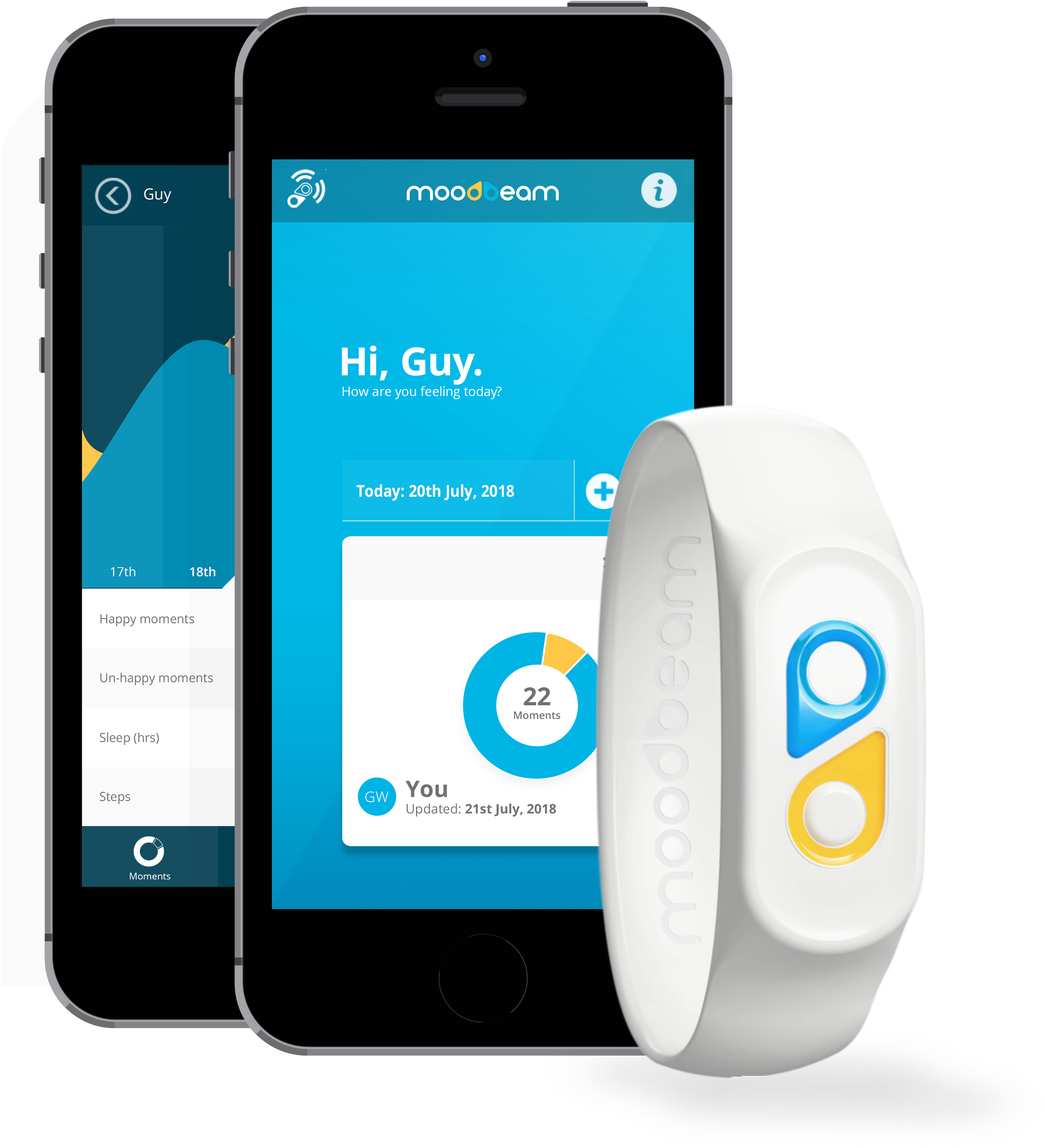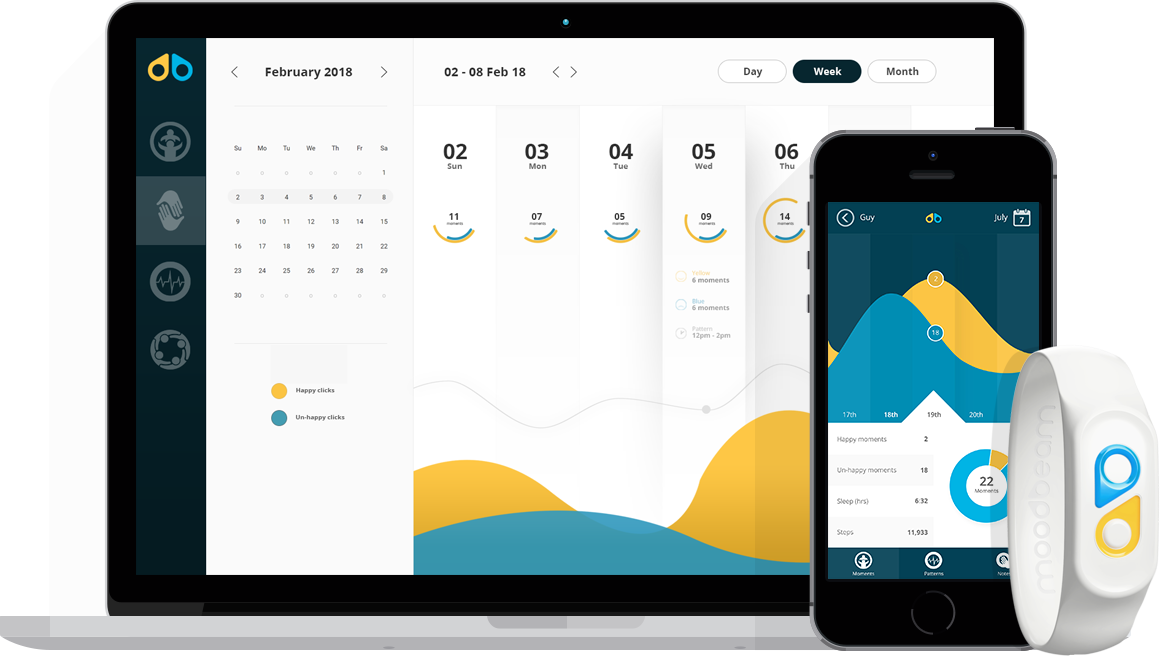In what can only be a positive move, more people are discussing mental health than ever before. In professional and personal spheres, it has become a high-profile topic of conversation.
Charities such as Mind and the Campaign Against Living Miserably continue their vigorous advocacy, while public bodies gradually turn their attention to the growing crisis – which has seen increasing antidepressant prescription rates and widespread mental health cuts.
Even within businesses, the conversation’s getting louder and the prevalence and danger of stress and depression is no longer hidden away. And people are continually looking for new ways to manage their mood.
The start of something innovative
When journalist Christina Colmer McHugh’s daughter, then seven, began to struggle at school, Christina “wanted to empower her child to capture how she felt, so that they could talk about the highs and lows of each day.”
She and her co-founder, Jonathan Elvidge, ran with this thought process and created Moodbeam – “the first wearable for the mind.”
Moodbeam One, the proprietary product, “allows its user to log moods and visualise them, so that they get to keep an eye on their mental health, all at the press of a button.”
It gave Colmer McHugh an insight into the times her daughter was feeling great, and the times when her mood dropped – so she could address why. Its potential was much greater, though – and it’s now received interest from medical partners, workplaces, and educational centres.














